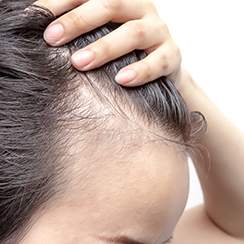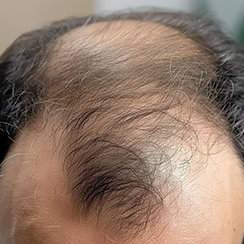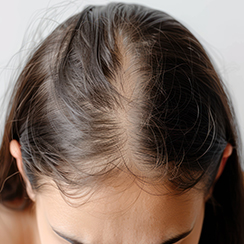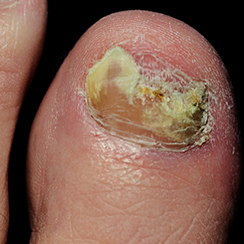Nail Fungus
It’s easy to get a fungal nail infection. If you have a fungal infection on your foot, the fungus can spread to one or more of your nails. This is quite common.
You can also catch a fungal nail infection in a warm, moist place such as a pool deck or locker room. If someone else has a fungal infection and walked barefoot there, all you have to do is walk barefoot in the same area.
Having wet nails for a long time can also lead to nail fungus. Some people develop it when they wear the same pair of sweaty shoes or boots every day. Fingernails that are wet for hours at a time due to a job or hobby are also susceptible.
What you see on infected nails will vary with the type of fungus causing the infection.
Nail fungus causes changes to the infected nails. You may see white spots or a change in the nail’s color. Other signs include debris under the nail and thickening nails.
Most people see some nail discoloration. The nail may have a white spot. Some nails turn yellow, brown, or green. As the infection worsens, infected nails can thicken, lift up from the finger or toe, or crumble. Some nails become thinner.
Having nail fungus is usually painless. At least, it’s painless in the beginning. However, if you put off getting treatment, the fungus can grow. When the fungus worsens on toenails, wearing shoes can become painful.




